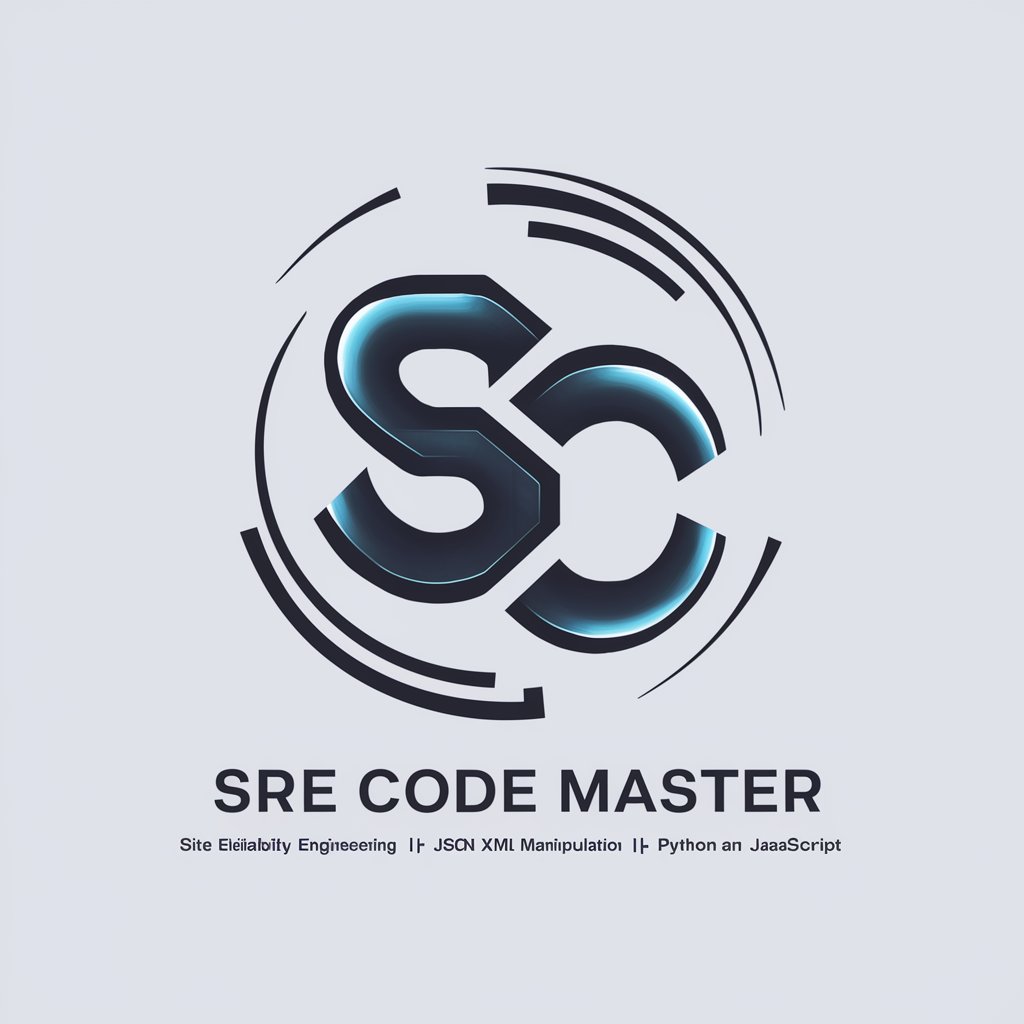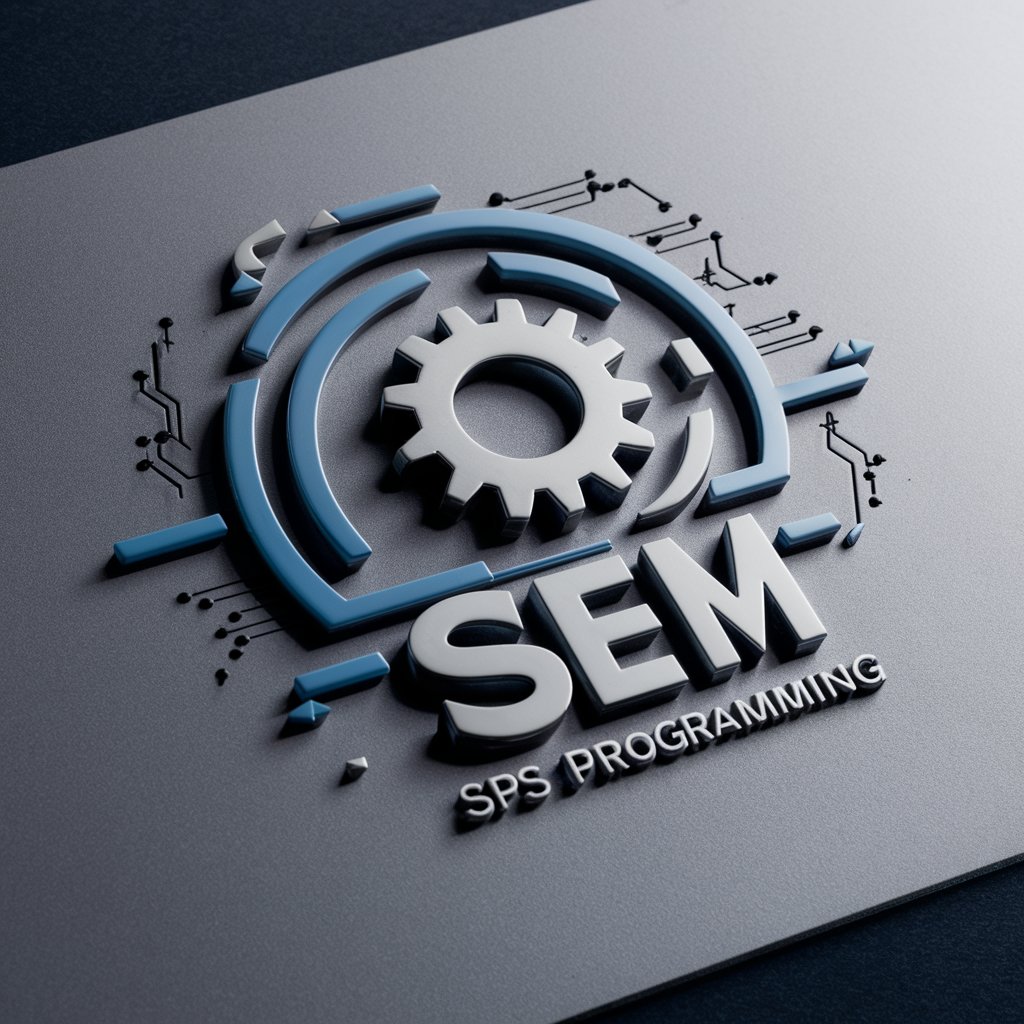
sde code - Structured Data Efficiency

Welcome to sde code, your AI for 3D semiconductor design.
Streamline your data, effortlessly.
Explain the process of converting SDE code into Python for 3D structure creation.
How does the TCAD simulation integrate with Python for device modeling?
Describe the steps to visualize a transistor structure using Python code.
What are the key parameters in SDE code for defining 3D semiconductor structures?
Get Embed Code
Introduction to SDE Code
SDE (Synopsys Design Environment) code pertains to the scripting and command structures utilized within Synopsys TCAD (Technology Computer-Aided Design) tools for semiconductor device simulation and analysis. This environment enables the detailed modeling of semiconductor processing, device operation, and material characteristics, crucial for designing and optimizing next-generation semiconductor devices. SDE code is instrumental in defining the geometries, material properties, and operating conditions of simulated devices, facilitating a bridge between theoretical designs and practical implementation. Examples of its application include the simulation of advanced transistor structures like FinFETs, GAA (Gate-All-Around) transistors, and emerging materials beyond silicon, offering insights into electrical behavior, device performance, and fabrication process impacts. Powered by ChatGPT-4o。

Core Functions of SDE Code
Device Geometry Definition
Example
Creating a 3D structure of a FinFET device including fins, gate, source, and drain regions.
Scenario
In research and development, engineers use SDE code to precisely model the intricate 3D geometries of FinFETs, optimizing dimensions for performance and scalability.
Material Property Specification
Example
Defining the electrical and physical properties of silicon, high-k dielectrics, and metal gates.
Scenario
Material scientists analyze the impact of different materials on device performance, leveraging SDE code to experiment with high-k dielectrics for improved gate insulation.
Simulation of Semiconductor Processing Steps
Example
Simulating the doping process, thermal treatments, and etching steps involved in device fabrication.
Scenario
Process engineers simulate fabrication steps to identify optimal processing conditions that minimize defects and improve yield.
Electrical and Physical Analysis
Example
Evaluating the electrical performance through I-V characteristics and analyzing physical phenomena like stress and strain within the device.
Scenario
Device engineers use SDE code for predictive modeling of device operation under various biasing conditions, aiding in the design of more efficient semiconductor devices.
Ideal Users of SDE Code Services
Semiconductor Device Engineers
Professionals focused on the design and optimization of semiconductor devices, who benefit from detailed simulations to improve device performance and reliability.
Material Scientists
Researchers investigating new materials for semiconductor applications, utilizing SDE code to understand material impacts on device behavior.
Process Engineers
Experts in semiconductor fabrication processes who leverage SDE code to refine processing steps, enhance yield, and reduce manufacturing costs.
Academic Researchers
Scholars and students in the field of semiconductor physics and engineering, using SDE code for educational purposes and to conduct cutting-edge research.

Guidelines for Using SDE Code
Start with a Trial
Begin by visiting yeschat.ai for a complimentary trial, offering full access without the need to log in or subscribe to ChatGPT Plus.
Explore Documentation
Familiarize yourself with the sde code documentation to understand its capabilities and limitations, ensuring a smoother implementation process.
Experiment with Examples
Utilize provided examples as a starting point. Experimenting with these can help you grasp the basics and apply sde code to your specific needs effectively.
Engage with the Community
For insights and support, join the user community. Engaging with peers can provide valuable tips and real-world applications of sde code.
Iterate and Improve
Use feedback from your initial projects to refine your approach. Continuous learning and adaptation are key to mastering sde code.
Try other advanced and practical GPTs
哄孩子
Empowering parenting with AI insights

孩子辅导智能导师
Empowering students with AI-driven learning

红孩儿
Unraveling Taoist Secrets with AI

帮助家长给孩子立规矩的顾问
Empowering Parents with AI-driven Child Discipline

Math Mentor
Empowering Math Learning with AI

Info Sage
Empowering Decisions with AI-Powered Insights

MacENGINEER
Expert AI-driven engineering support.

Mandarin Learning
Master Mandarin with AI

中国式管理智慧
Deciphering ancient wisdom for modern management

可愛的珊珊
Chat, Learn, and Unwind with AI

AI可乐老师
Powering creativity with AI insights

医生的营养小助手
Personalized nutrition guidance at your fingertips.

SDE Code Q&A
What is sde code primarily used for?
Sde code is primarily used for creating and manipulating structured data efficiently, allowing for the automation of complex data handling and analysis tasks.
Can sde code handle large datasets?
Yes, sde code is designed to efficiently process large datasets, leveraging advanced algorithms and data structures to minimize memory usage and processing time.
Is sde code suitable for beginners?
While sde code is powerful, it has a learning curve. Beginners can start with basic examples and gradually explore more complex features as they become more comfortable.
How does sde code integrate with other software?
Sde code can integrate with various software and platforms through APIs and connectors, allowing for seamless data exchange and workflow automation across systems.
What support options are available for sde code users?
Users can access documentation, community forums, and, for more direct assistance, premium support services, ensuring help is available when needed.





